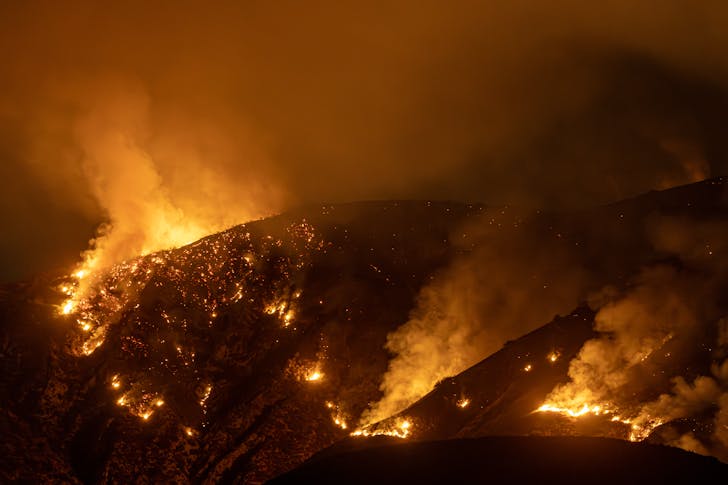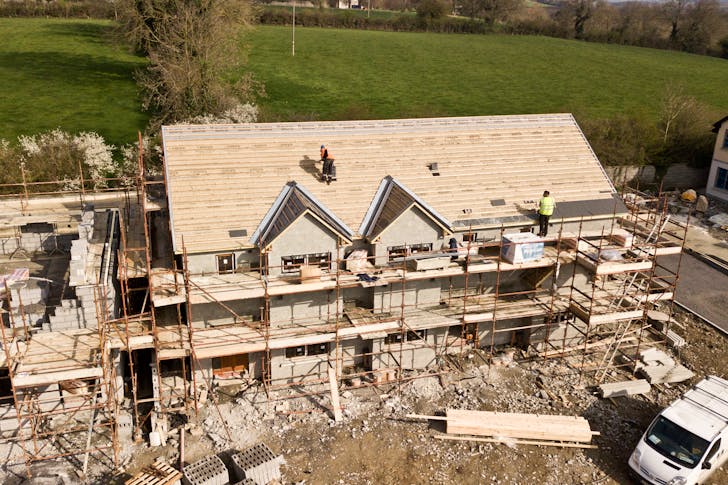Properties in California have a strange way of bouncing back after devastating wildfires. You would think a house reduced to ashes would mean a steep drop in value, but the opposite happens. Economists, including finance and real estate professor Wallace at UC Berkeley, dug into the data and found something surprising: properties that burn often end up worth more than before.
It started with Wallace’s personal observation. After the wildfires, she noticed homes in her neighborhood getting rebuilt—bigger and better. Over time, their values skyrocketed. She was not alone in seeing this. Soon, a team of economists decided to study the trend. They built a dataset using Cal Fire’s records and tracked how burned and unburned homes changed in value between 2001 and 2015.
Properties That Burned Became Pricier
When a fire sweeps through a neighborhood, logic suggests it would leave a trail of falling home values. The land is scarred, the trees are gone, and the risk of future fires lingers. But the data tells a different story.
Homes that burned were rebuilt and, within five years, became even more valuable than before.

One obvious reason for this is that the new homes were modern. California has strict building codes, and the reconstructed houses were sturdier, safer, and often much larger. Insurance payouts gave homeowners a chance to upgrade, and they did.
The result? More attractive homes are pushing up property values across entire neighborhoods.
Neighborhood Upgrades Drive Up Values
Rebuilding is not just about a single home. It is about the whole area. When multiple properties in a wildfire-hit neighborhood are rebuilt, they create a domino effect. Newer, more expensive homes boost the overall appeal of the community, driving up home prices for everyone.
However, it is not just about the homes, either. Nature rebounds fast in California’s Mediterranean climate. Within a few years, the once-burned land is lush again, and the scenic beauty that made the area desirable in the first place returns. The combination of fresh landscapes and modern homes leads to a stunning real estate revival.
The Winners and Losers in This Equation
For insured homeowners, wildfires became an unexpected financial advantage. They lost their old houses but got insurance money to build better ones. Developers and construction companies also benefited, as entire neighborhoods needed rebuilding. Even local governments gained because higher property values meant higher tax revenues.
But not everyone came out ahead. Insurance companies took the biggest hit. They had to cover enormous losses, and that is where the trouble began. Wallace and her team noticed that, over time, insurers started pulling out of fire-prone areas or jacking up premiums. The once-stable insurance market was starting to crack under pressure.

The Breaking Point of California’s Insurance System
For a while, everything worked as expected. Homeowners paid premiums, insurance companies covered fire losses, and the market functioned. But as wildfires became more frequent and destructive, insurers started backing away. The risk was simply too high.
Many major companies stopped offering coverage in fire-prone regions altogether. Those that remained hiked rates, making insurance unaffordable for many residents. Eventually, California had to step in with the state-run FAIR Plan, an insurer of last resort. But that was just a band-aid solution. The underlying problem – rising wildfire risk – was still growing.
If wildfires continue to get worse, the financial model that once supported these rebuilding efforts may not hold. Insurance companies can’t keep absorbing massive losses, and homeowners can’t pay endlessly increasing premiums.



